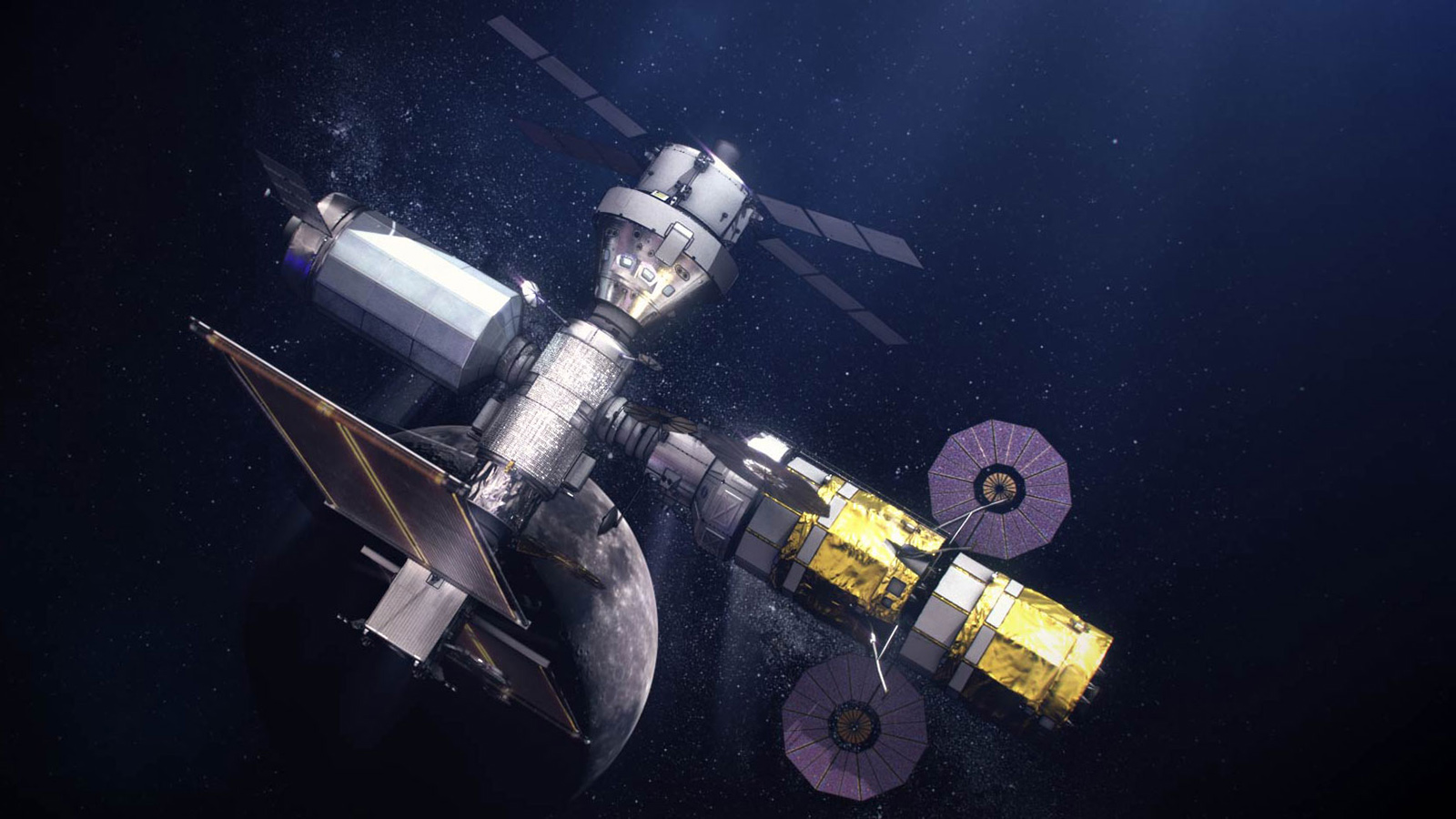Stay Up to Date
Submit your email address to receive the latest industry and Aerospace America news.
New report warns of “cascading effect” of delays
NASA wants to spark the creation of a bustling economy in low Earth orbit through a slate of ambitious exploration programs, but a new report from the agency’s Office of Inspector General casts doubt on whether the agency is on a path to achieve that goal.
“The lack of stable mid-term human exploration priorities [in the last decade] has left NASA lurching from major program to major program, expending time and resources to plan and replan instead of focusing on a clear, unified, and sustaining vision,” Inspector General Paul Martin wrote in a letter accompanying the report on “NASA’s Top Management and Performance Challenges” released Wednesday.
The OIG lists seven “management and performance challenges” that it says NASA must overcome if it is to do its part to commercialize low Earth orbit and lay the groundwork for an eventual human mission to Mars.
At the top of the list is the Artemis program, NASA’s initiative to return Americans to the moon by 2024. The aggressive timeline for the lunar landing “increases the risk of inefficient development programs or contract awards with increased costs,” OIG warns, something that has plagued NASA over the past decade. Both the Space Launch System rocket and Orion crew capsule, which were in development years before the 2024 deadline was set in March, are behind schedule and over budget. SLS is now expected to make its first uncrewed launch around late 2020, but that date “may slip further,” the OIG says. Such a slip would delay the first crewed flight, currently scheduled for a month to-be-determined in 2022.
More broadly, the report concludes that “many questions remain about the total costs, schedule, and scope” of Artemis. NASA Administrator Jim Bridenstine has told lawmakers a final cost estimate for the program will not be available until February when the White House submits its fiscal 2021 budget request. The OIG is also in the process of evaluating how NASA has managed the SLS, Orion and Mobile Launcher programs, with future audits planned of Gateway and “other infrastructure needed for the lunar missions.”
Beyond the lunar landing, OIG also takes issue with the schedule for NASA’s Commercial Crew program. NASA has said its contractors Boeing and SpaceX will begin regular crewed flights to the International Space Station in early 2020, a date the OIG calls “unrealistic.” The office could be alluding to the fact that the contractors must complete two flight tests, one without a crew and another with a crew, before NASA certifies them for long-term crew services.
“If commercial transportation is delayed beyond April 2020, the U.S. on-orbit segment of the ISS may be forced to operate with only a single crewmember beginning in April 2020,” the OIG says.
Tracking the health of one person instead of three could be a setback to NASA’s plan to gain experience in low Earth orbit ahead of a human mission to Mars, the report says. Gathering the equivalent data would require NASA to operate its portion of the ISS beyond 2024 and would mean “significant federal funding beyond 2025,” the OIG says.
NASA currently plans to stop funding ISS at the end of fiscal 2024 and turn over its portion of the station to companies or research entities. The OIG’s doubts about that schedule echo a provision of the fiscal 2020 NASA authorization bill approved earlier today by the Senate Commerce Committee. That legislation proposes continuing to fund ISS through 2030.
OIG says NASA needs to sort out the station’s future and a host of other issues soon: “The timing of each of these decisions has a cascading effect on the funding available to support space flight operations in low Earth orbit, ambitions for establishing a permanent presence on the Moon, and ultimately sending humans to Mars.”
About cat hofacker
Cat helps guide our coverage and keeps production of the print magazine on schedule. She became associate editor in 2021 after two years as our staff reporter. Cat joined us in 2019 after covering the 2018 congressional midterm elections as an intern for USA Today.
Related Posts
Stay Up to Date
Submit your email address to receive the latest industry and Aerospace America news.




